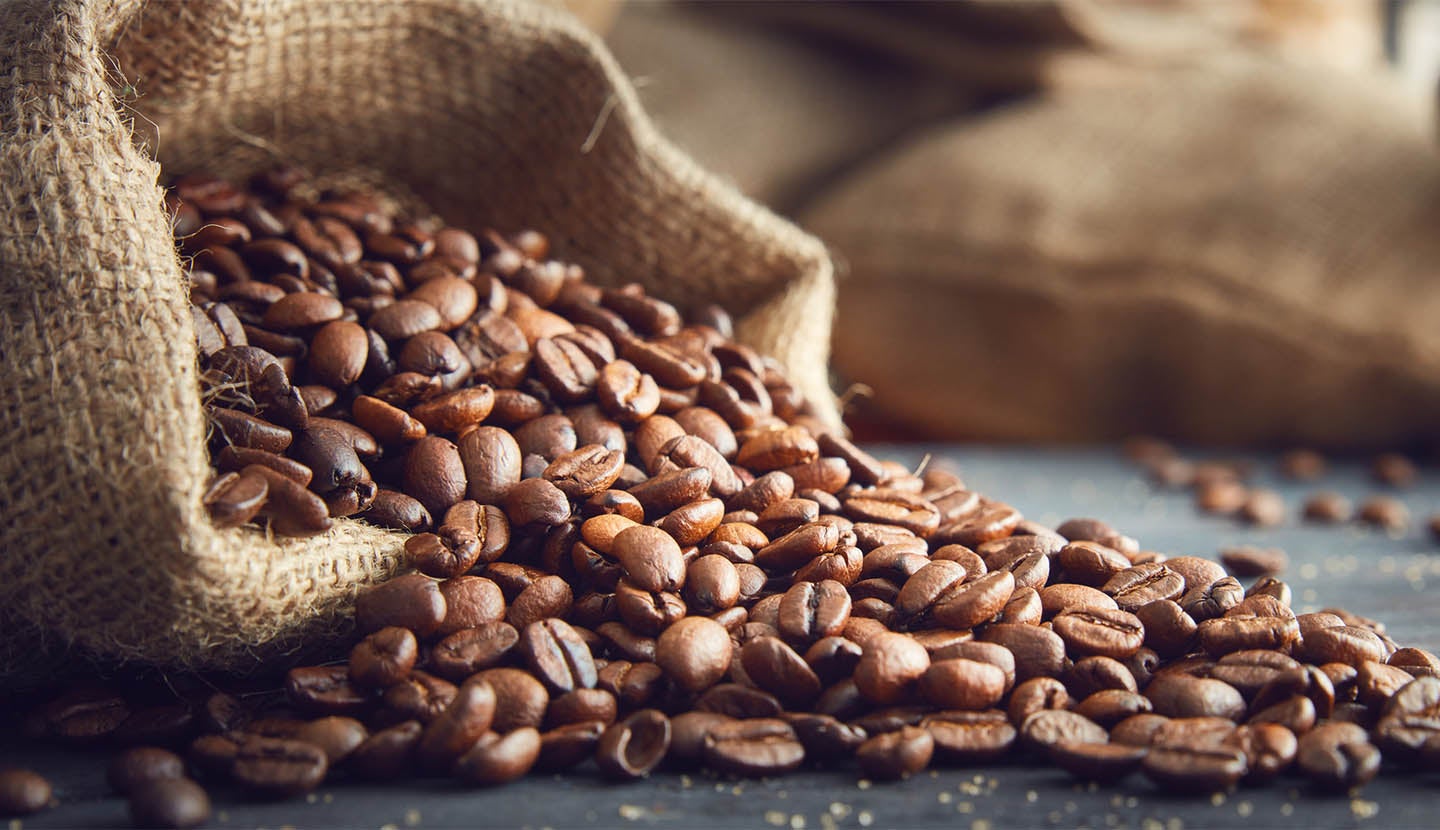The Science Of Your Daily Cup|Coffee Chemistry Uncovered

For numerous individuals, the day begins as the delightful, enticing aroma of coffee flowing in the house. This prized beverage not only energizes our days but also sparks captivating scientific discussions about its chemistry. From bean to brew, coffee is a complex tapestry of tastes and elements that excite our taste buds. Understanding the chemistry behind your morning cup can deepen your understanding for this universal drink and its varied types.
In this coffee blog, we will explore the intriguing composition of coffee, looking at everything from the roast level to brewing styles. With the latest coffee trends and information, we’ll explore how different aspects affect the flavor, aroma, and even wellness aspects of your brew. It doesn't matter if you're a experienced barista or merely a coffee enthusiast, this journey will provide understandings that improve your coffee experience and elevate your daily ritual. Join CoffeeHype as we set out on this scented journey through the art of coffee.
The Chemistry of Caffeine Components
The robust and enticing aroma of coffee is due to a sophisticated blend of volatile compounds that are emitted during brewing. Among the most important compounds are caffeine, chlorogenic compounds, oils, and sugars. Caffeine, a biological stimulant, is famed for its ability to enhance vigilance and temperament. Chlorogenic acids, on the flip side, are antioxidant compounds that contribute to the singular flavor profile and are believed to offer various health benefits. Together, these compounds create the quintessential experience of enjoying a early brew.
Throughout the cooking process, the browning reaction plays a significant role in developing the flavor of coffee. This organic reaction occurs when molecules and carbohydrates interact under high temperatures, resulting in the creation of new aromatic compounds. As coffee beans are roasted, they undergo sophisticated transformations that produce numerous of different aroma and taste components. This process is what gives each type of coffee its unique characteristics, shaping everything from sweetness to tartness. Comprehending the Maillard reaction helps us appreciate why different roasting levels can markedly change the nature of our favorite coffee.
Moreover, the preparation method significantly impacts the release of these compounds. Factors such as water temperature, brew time, and particle size influence how flavors are extracted from the coffee grounds. For instance, a cafétière might release oils and flavors differently than a filter coffee or an espresso device. Each method can highlight various notes such as fruitiness or nutty richness, making the science of brewing an critical topic for any coffee blogging enthusiast. Exploring these relationships reveals not just the skill of brewing but also the methodology behind what makes each mug of coffee so unique.
Coffee Brewing Styles and Its Impact
How coffee gets brewed may significantly affect the taste profile and aroma. Every brewing style extracts distinct compounds from the coffee grounds, leading in distinctive tasting notes and general experiences. For instance, methods such as espresso and French press stress the richness and body of the coffee, while pour-over styles highlight clarity and brightness. This diversity means that coffee enthusiasts are able to investigate varied flavors according to their selected brewing style, thereby making it a vital aspect of coffee culture.
Moreover, the temperature and time of extraction play critical roles in determining the final outcome of the brew. Higher temperatures often extract more oils and acids, resulting in a bolder taste, whereas lower temperatures tend to yield a smoother cup. In addition to temperature, the coarseness of the grind of the coffee is also important; smaller grinds increase extraction speed, which can result in a stronger flavor if managed correctly. Understanding these variables allows coffee lovers to adjust their brewing techniques to match their personal preferences.
In conclusion, the water-to-coffee ratio is a key element that influences the strength and general quality of the brew. A higher ratio of coffee to water typically creates a concentrated and intense flavor, while a lower ratio results in a milder cup. Distinct brewing methods may require specific ratios for ideal results; such as, a traditional Turkish coffee may need a stronger blend compared to a cold brew. Getting accustomed with these nuances not only does it enhance the home brewing experience but also cultivates a deeper appreciation for the complex science behind every single cup of coffee.
Health Benefits of Coffee Consumption
This beverage is more than just a daily habit; it is rich in numerous health perks that can improve your general wellness. Research has indicated that reasonable coffee consumption is linked to a lower risk of various long-term illnesses, such as type 2 diabetes, cardiovascular disease, and specific forms of cancer. The natural antioxidants in coffee, such as phenolic compounds, play a crucial role in protecting cells from damage and fostering better health outcomes.
Additionally, coffee can elevate your cognitive function and enhance mood, thanks in part to its caffeine content. Studies indicate that caffeine can improve alertness, concentration, and even short-term memory. In alongside its stimulating effects, coffee may help lower the risk of neurodegenerative diseases like Alzheimer's and Parkinson's, making it a valuable beverage for brain health as we age.

Finally, the health benefits of coffee reach past physical health; it can also enhance social well-being. Enjoying a cup of coffee can be a enjoyable experience shared among friends, which helps to create connections and lessen stress. With its vibrant history and cultural significance, coffee remains a key aspect of lifestyle, making it more than a beverage, but an important part of our lives.
